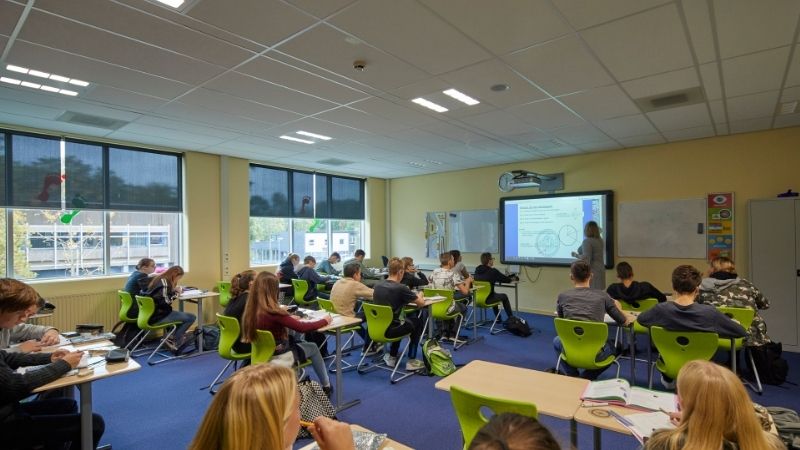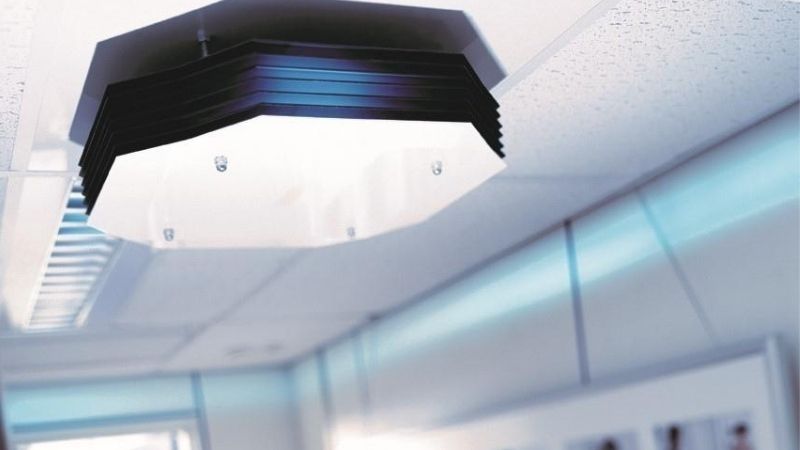April 20, 2021
As schools return, there is a strong case for all educational buildings in the EU to switch to LED lighting by the end of 2030. The move will save energy, create jobs, and further Europe’s digital future.
The initiative comes after the European Commission’s recent approval of the Recovery and Resilience Facility, an instrument which aims for EU nation states to emerge stronger from the Covid-19 pandemic.
Under the plan, the EU will finance projects that support a green and digital transition. Learning environments ought to be on the list of priorities to accelerate 2030 and 2050 carbon goals.
“Schools often have squeezed budgets and their lights, on the whole, are vastly inefficient,” said Harry Verhaar, Global Head of Public and Government Affairs at Signify, adding, “within the education sector in the EU there are 55 million light points using old technology that could be converted to LED. Doing that would reduce the EU’s carbon footprint by 3.7 million tons of CO2 a year – the same effect as the carbon sequestered by a forest the size of Slovenia.”
The company is not shy on calling for renewed focus on converting schools to energy efficient technologies and smart lighting.

Signify also suggests that smart lighting should be utilized not only in primary schools but in larger colleges and universities too.
In 2018, the Hamdan Bin Mohammed Smart University in Dubai was kitted out with Signify’s Interact system, which, through sensors embedded in luminaires, can monitor human presence to switch off lighting and air conditioning when students vacate the room.
Furthermore, light points are controlled using smartphones and tablets and famously the university is the first to have zero light switches.
Coded light transmitted by ceiling luminaires is also used for indoor navigation. Integrated with the university’s smartphone app, it helps students find available rooms or leads them to their classes – so no excuse for being late to a tutorial.

For editorial enquiries:
Signify Global Integrated Communications
Neil Pattie
Tel: + 31 6 15 08 48 17
Email: neil.pattie@signify.com
Signify (Euronext: LIGHT) is the world leader in lighting for professionals, consumers and the Internet of Things. Our Philips products, Interact systems and data-enabled services, deliver business value and transform life in homes, buildings and public spaces. In 2023, we had sales of EUR 6.7 billion, approximately 32,000 employees and a presence in over 70 countries. We unlock the extraordinary potential of light for brighter lives and a better world. We have been in the Dow Jones Sustainability World Index since our IPO for seven consecutive years and have achieved the EcoVadis Platinum rating for four consecutive years, placing Signify in the top one percent of companies assessed. News from Signify can be found in the Newsroom, on X, LinkedIn and Instagram. Information for investors is located on the Investor Relations page.
